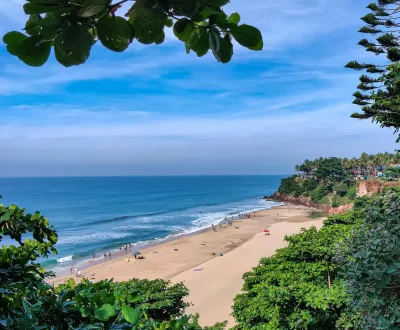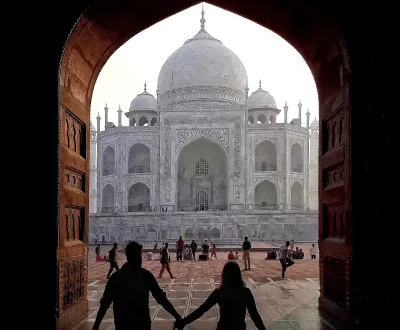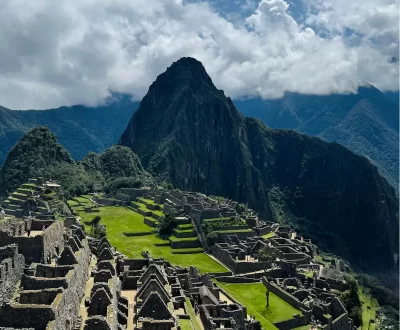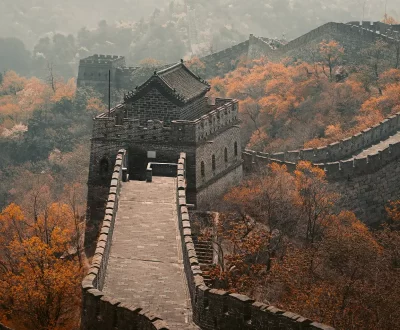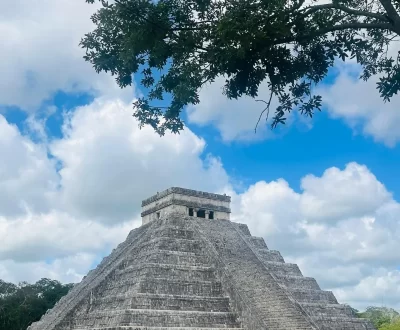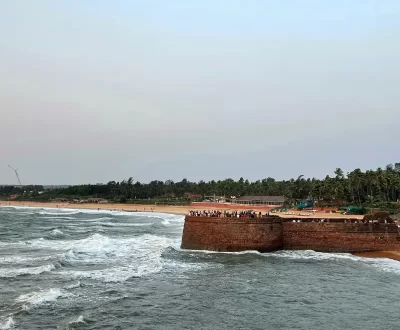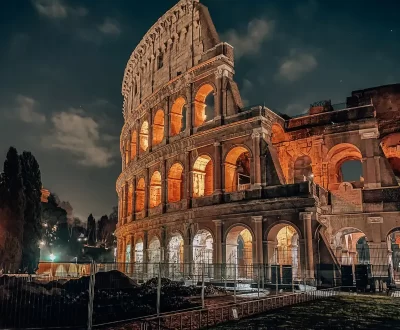THe 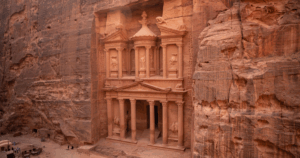
Ancient city of Petra, an archaeological site in southern Jordan, draws people in with its beautiful rock-cut buildings and rich history. This ancient wonder, which is made of unique pink sandstone, is one of the most important archaeological finds in history of humans and is one of Jordan’s & region’s most popular tourist destinations.
UNESCO named Ancient city of Petra a World Heritage Site because it is an important cultural and natural heritage site for everyone. The site shows great artistic skill by combining Hellenistic-style building fronts with traditional Nabataean rock-cut temples and tombs.
The huge archaeological remains date back to prehistoric times and continue through the Middle Ages. It show that many different civilizations thrived at this crossroads between Arabia, Egypt, and Syria-Phoenicia. The site’s intricate tomb and temple architecture, along with its advanced water management systems, show how smart people can be.
The Nabataean Civilization and the Beginning of Petra
People have lived around Petra since 7000 BC, but the Nabataeans, a nomadic Arab group, moved there in the 4th century BC. These skilled traders made Petra their capital city in the 2nd century BC, turning it into a major trading center in the area.
The Nabataeans were great at living in the desert, carving stone, and collecting rainwater, which made it possible for them to settle in this dry area. They were able to protect their kingdom from many enemies and get rich because they were good at farming and trade.
Carved in rose-red stone, architectural wonders
The architecture of Ancient city of Petra is a one-of-a-kind mix of Eastern styles and Hellenistic ones. The site has beautiful tomb and temple architecture, such as the well-known Khasneh, Urn Tomb, Palace Tomb, and Corinthian Tomb.
The buildings are half-built and half-carved right into the red sandstone cliffs around them, which shows great skill. This new way of building made monuments that have lasted through hundreds of years of weather.
“The Treasury is Petra’s most famous building.”
The Treasury (Al-Khazneh) is Petra’s most famous building and the best example of Nabataean architecture. Recent archaeological finds have shown that there is a hidden tomb under the Treasury that holds 12 complete skeletons and ancient objects.
This beautiful facade, which was carved about 2,000 years ago, was probably used as a mausoleum during the height of the Nabataean Kingdom. The intricate decorations and huge size show how rich and artistic the people of ancient Petra were.
Sophisticated Systems for Managing Water
Petra’s advanced water engineering system made it possible for a thriving civilization to live in an area that was mostly dry. The clever network had channels, tunnels, diversion dams, cisterns, and reservoirs that controlled and stored seasonal rain.
These leftover water management structures are great examples of ancient hydraulic engineering from the first few centuries BC to AD. The system worked so well that it allowed a lot of people to move there and helped the city become a major trading hub.
Trade Routes and Their Economic Importance
Because of its strategic location, Petra was an important stop for caravans carrying incense from Arabia, silks from China, and spices from India. The city did well as a hub for international trade, which brought in a lot of money for the Nabataean Kingdom.
The Nabataeans put a lot of money into Petra because it was close to trade routes for incense. It became the commercial center of their empire. This strong economy helped the city build big buildings and grow its culture.
Recent and archaeological discoveries
Modern archaeology keeps uncovering Petra’s secrets. Recent finds include hidden tombs and chambers below the surface. This amazing religious, ceremonial, astronomical, and agricultural center has about 200 buildings on the site.
Archaeological remains include copper mining sites from the 4th millennium BC, showing that people have been doing things for thousands of years. Every excavation gives us more information about the complicated civilizations that lived one after the other at this amazing site.
Going to Petra, don’t miss these tips
The dramatic Siq, a natural winding rocky cleft, is the main entrance to Petra. This narrow gorge makes the trip to the ancient city unforgettable. It builds excitement before revealing the beautiful facade of the Treasury.
You need to wear comfortable shoes because you’ll have to walk a lot across different types of terrain. Different parts of Petra show off different architectural styles and historical periods, so visitors can see how the site has changed over time.
Problems with conservation and efforts to keep things safe
Petra has to deal with ongoing conservation problems caused by natural erosion from wind, rain, and sand that blows around. Grazing in the past took away ground cover, which sped up erosion processes that put the ancient monuments at risk.
The Bdul Bedouin tribe was moved away from their old seasonal homes in the Petra basin to lessen the damage to the environment. Current efforts to protect the site focus on keeping the structures stable while also keeping the site’s archaeological integrity.
Cultural Importance Today
Petra was named one of the New Seven Wonders of the World in 2007, which showed how important it is to cultures around the world. The site is still a source of inspiration for artists, filmmakers, and travelers, and it is a symbol of Jordan’s rich history.
The ancient city connects the past and the present, showing how human creativity and determination can make monuments that last through time and cultures. The ancient city of Petra is an amazing example of what people can do when they combine great art with new ideas in one of the world’s most difficult places to live. This rose-red city keeps giving up its secrets and inspiring new generations of tourists and researchers. Petra is a one-of-a-kind journey through human civilization and creativity, whether you’re interested in its beautiful buildings, its historical importance, or its archaeological mysteries.
If you haven’t packed your bags to Petra’s many adventures, then you are missing on many mysteries of our civilization.
Start your adventures in India from Taj Mahal – Monument to Eternal Love
Book your tickets to the amazing ancient city of Petra
More from our blog
See all postsRecent Posts
- Places to visit in Varkala 3 September, 2025
- Taj Mahal the Monument of Love 3 September, 2025
- Lost City of the Incas Machu Picchu Peru 3 September, 2025

